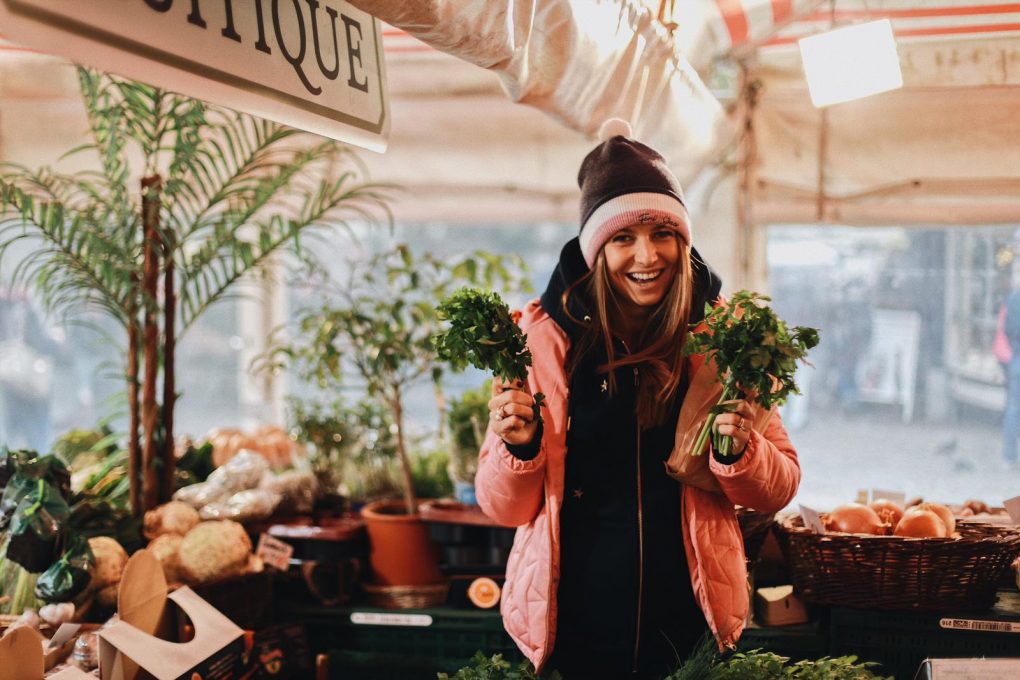
Spices and Herbs You Must Have in Your Kitchen
If you follow my posts on Facebook or Instagram, you know very well that I adore them. What exactly? Herbs and spices which I use in my cooking every day 🙂
It was my mum who instilled in me the love for spices when I was still a child. Today, when I cook I go back to those moments when I picked fresh leaves of basil, peppermint, marjoram or oregano which I later used in various meals. I also remember my mum telling me to enrich our meals with a pinch of such spices as turmeric, black pepper, caraway, cinnamon, and many others.
Different parts of plants can become spices, e.g. fruits, seeds, roots and leaves. For sweet dishes I mainly use cinnamon (obtained from the bark), nutmeg and cardamom (seeds) and ginger (root). When it comes to savoury dishes, I use turmeric (root), chili, sweet and hot pepper (fruit), basil, oregano, and thyme (leaves).
I value herbs and spices especially because of their amazing health and healing properties. Lots of them are also used in herbal medicine. The list of benefits is long, e.g.: boosting the digestive process, antibacterial, antiviral, and antifungal effects. Spices are natural treasures.
There is another very important aspect of using spices in the kitchen. They are valued for their sensory qualities, including flavors – they enrich dishes with unusual taste and smell. Spices also give our dishes special colors, for example turmeric, which dyes dishes a beautiful yellow color.
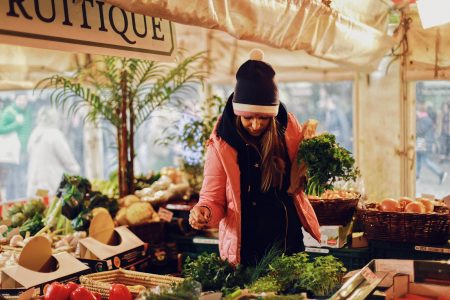
Cinnamon
It’s my favorite spice and it comes from Ceylon (Sri Lanka). It is obtained from cinnamon bark. Why do I value it so much? It is the flavor – I can’t imagine baking at Christmas without it, but it’s also a staple in my everyday diet when I prepare apple pie or millet porridge. What’s more, I appreciate its health-promoting properties. Cinnamon improves digestion, stimulates the secretion of bile and digestive juices, helps with flatulence, diarrhea, heartburn and ulcers. The active ingredients contained in cinnamon are classified as one of the strongest natural antiseptics (antibacterial and antifungal properties) used in the treatment of such ailments as colds and flu. Research to date has shown that cinnamon can play an important part in the prevention and treatment of diabetes, cancer and cardiovascular disease. It is also on top of the list of products with the strongest antioxidant properties, and we, my dear ladies, have a special interest in them 🙂
Ginger
I add ginger to smoothies, soups, and even tea. I use it almost every day, especially in the autumn and winter. As shown in many studies, ginger has great health and medicinal benefits, e.g. a beneficial effect on the blood lipid profile. It is antibacterial and antifungal. I recommend ginger to everyone who wants to stay young longer, as it has a high antioxidant potential, and therefore it works against free radicals.
Turmeric
Turmeric is an outright leader among all spices. I usually add it to smoothies and use it to prepare a magical tonic (you can find it HERE), which I call a healthy bomb! Turmeric has anti-inflammatory, antibacterial, as well as antioxidant properties. The active ingredient in turmeric, which is curcumin, has been shown to be preventative for neurodegenerative disorders such as Alzheimer’s and Parkinson’s, and even reduces the severity of multiple sclerosis. Curcumin also has proven anti-cancer effects.
Basil
This is my favorite potted herb. I associate it especially with Italian cuisine. It goes perfectly with pasta and tomatoes. Yum! 🙂 I also make my favorite pesto from basil. It has anti-inflammatory and antibacterial effects. It is helpful in digestive problems as it stimulates the secretion of gastric juice.
Oregano
Oregano is a medicinal plant and spice in one! It is also used in pharmacotherapy due to its antimicrobial, antifungal and antiparasitic properties. As for me, it is the number one plant when it comes to antimicrobial protection. My favorite herbs are basil, thyme and oregano and the latter shows the strongest antibacterial activity. In addition, it has a high antioxidant potential. Its bioactive ingredients protect the body against free radicals. Oregano is also used in cancer prevention.
I encourage you to sneak spices and herbs into your diet every day. Just add a pinch to give your dish an unusual taste, flavor and extra health benefits.
Bibliography:
- Anand P, Sundaram C, Jhurani S, et al. Curcumin and cancer: An old-age disease with an age-old solution. Cancer Lett 2008, 267: 133-164.
- Kaławaj K, Lemieszek MK. Prozdrowotne właściwości cynamonu. Medycyna Ogólna i Nauki o Zdrowiu 2015, 21 (3): 328-331.
- Kania M, Baraniak J. Kurkumina – prozdrowotny barwnik kurkumy. Problemy Higieny i Epidemiologii 2015, 96 (2): 414-420.
- Kulczyński B, Gramza-Michałowska A. Znaczenie żywieniowe imbiru. Bromatologia i CHemia Toksykologiczna, 2016, XLIX (1): 57-63
- Nurzyńska-Wierdak R., 2012. Ocimum basilicum L. – wartościowa roślina przyprawowa, lecznicza i olejkodajna. Ann. UMCS, Lublin, 22 (1), 20-30.
- Nurzyńska-Wierdak R. Lebiodka pospolita (Origanum vulgare L.) – dziko rosnąca i uprawiana roślina zielarska. Annales Universitatis Mariae Curie-Sklodowska Sectio EEE Horticultura 2012, 22 94): 1-11.
- Opara EI, Chohan M. Culinary Herbs and Spices: Their Bioactive Properties, the Contribution of Polyphenols and the Challenges in Deducing Their True Health Benefits. International Journal of Molecular Sciences 2014, 15: 19183-19202.





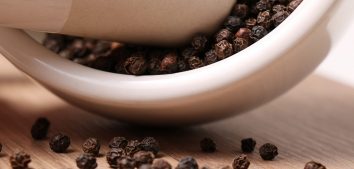
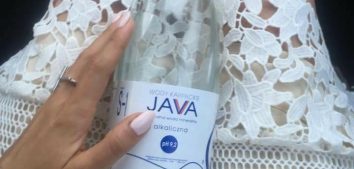
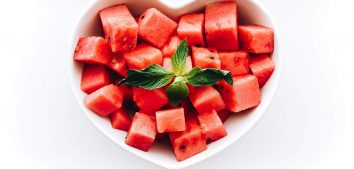
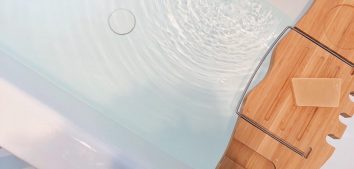

Comments No Comments
Join the discussion…